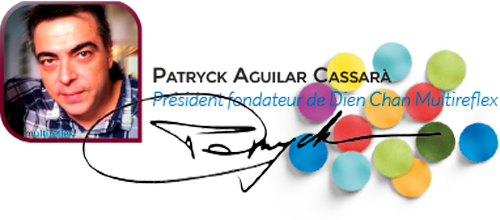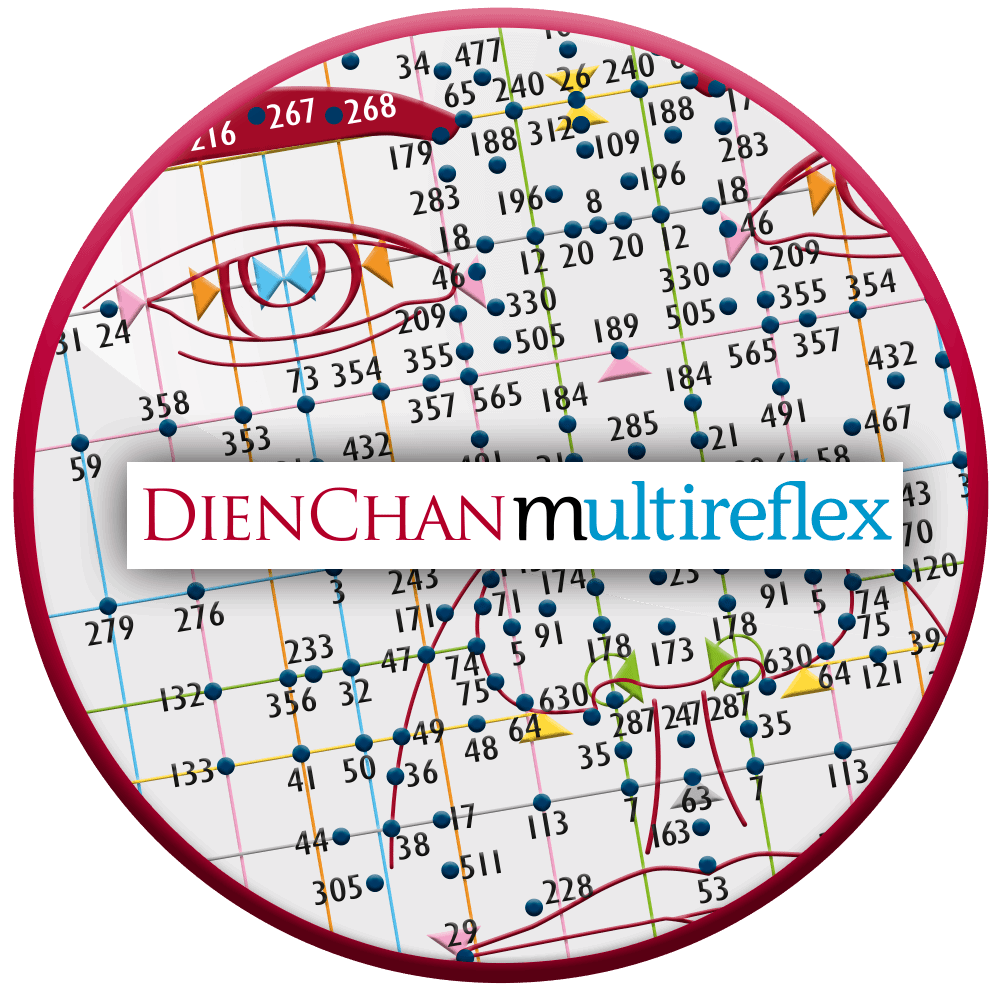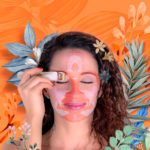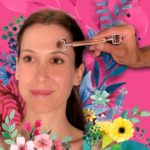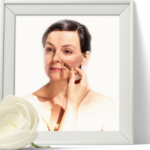Reflex diagrams and bqc·point of Dien Chan
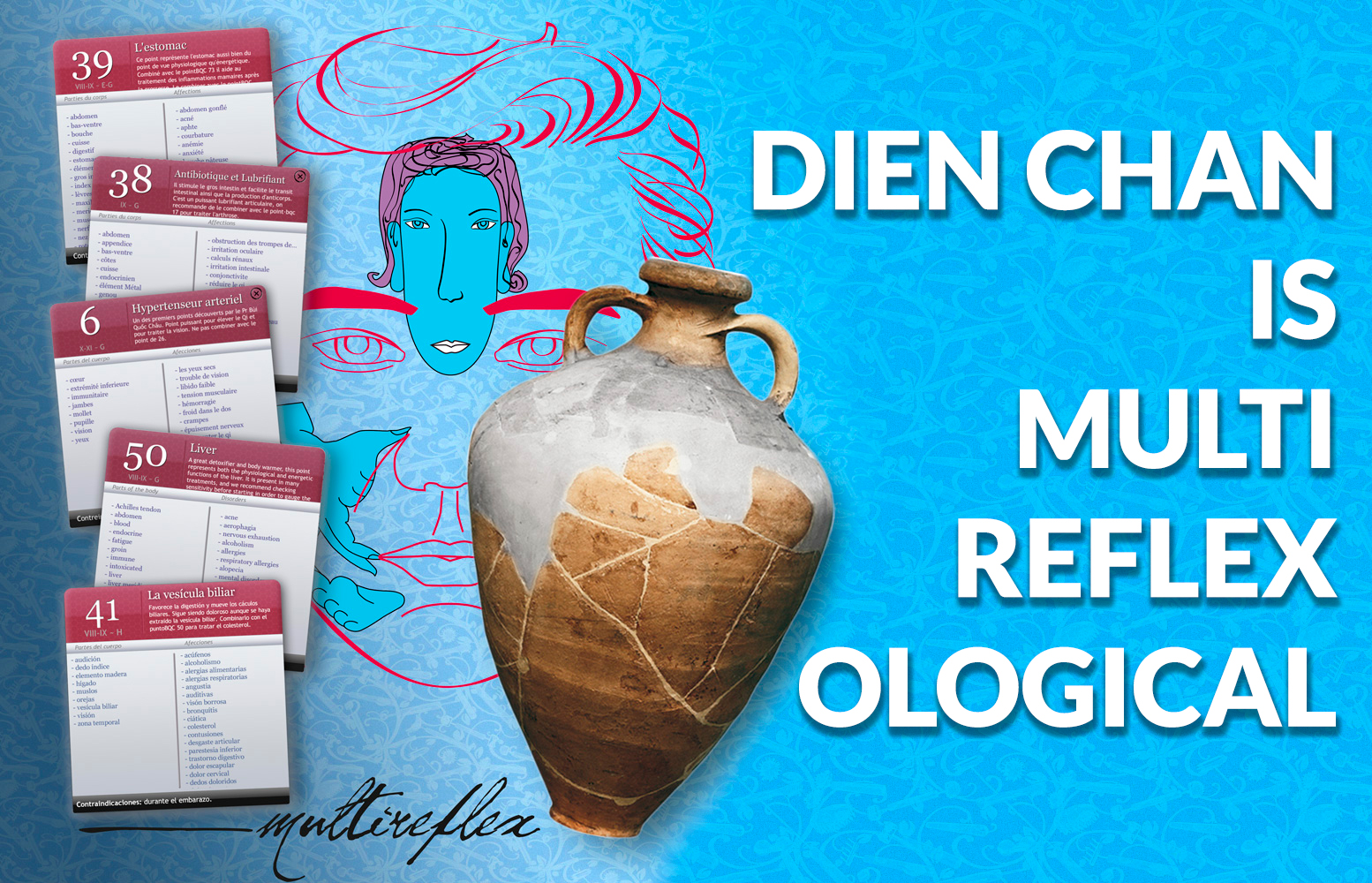
By carefully exploring the relationships between sensitive reflex zones and consulting the sheets of the most responsive bqc·points, we gain inspiration to enrich our diagnosis.
Multireflexological synchronism is a reasoning unique to Dien Chan that encompasses different methodologies used to identify potential relationships that guide us to the origin of the disorder. In this approach, research is conducted by combining various reflex zones from reflex diagrams, consulting sheets related to particularly sensitive bqc·points, or sometimes observing the ineffectiveness of the initial choice between the yin or yang effect of the multireflex tool.
Our main goal is to restore energy balance and promote self-regulation by simultaneously acting on several reflex zones that correspond to various systems and organs of the body.
The approach aims to optimise care by working in a coordinated manner on several bqc·points, thereby creating a synergy of intervention for faster and more lasting positive reactions. Dien Chan, as a holistic approach, takes a global view of the body, considering the interconnections between its different parts. This promotes natural recovery by taking into consideration the entire complexity and interactions of the body system.
We resort to this type of reasoning when we want to deepen the healing process, especially when our results are stagnant and show no significant improvement.
Therefore, you must have a certain level of knowledge (at least having completed the third training module called DienChan❜clinic) to be able to quickly check correspondences that will lead us to a more obvious origin of the disorder.

After studying and understanding the reflex diagrams for identifying reflex zones, we can then incorporate the bqc·points formulas into our protocols to enrich our approach and reach the root of the dysfunction.
Obtaining such results are not limited to stimulating random points but requires judicious use of the yin or yang effects of multireflex tools.
The initial steps in Dien Chan care plan, namely the general assessment and reflex step, are essential to prepare the ground for rigorous and effective work.
We optimise our sessions by offering superior quality care to our clients.
It is crucial, therefore, to receive proper training and practice regularly to master the gestures and reap all the benefits.
This innovative therapeutic approach is modern in that it integrates different dimensions to achieve a global balance of the body.
Therefore, it’s in the “reflex” and “consolidation” stages of the treatment plan that we can make the most of the insights provided by multireflex synchronism. These stages open up new possibilities based on the gathered information. But before we delve into this concept, let’s revisit how to interpret each Dien Chan reflex diagram. To make it easier to understand, I’ll use two metaphors: the “sketch” and the “amphora.”
The sketch of a Road map
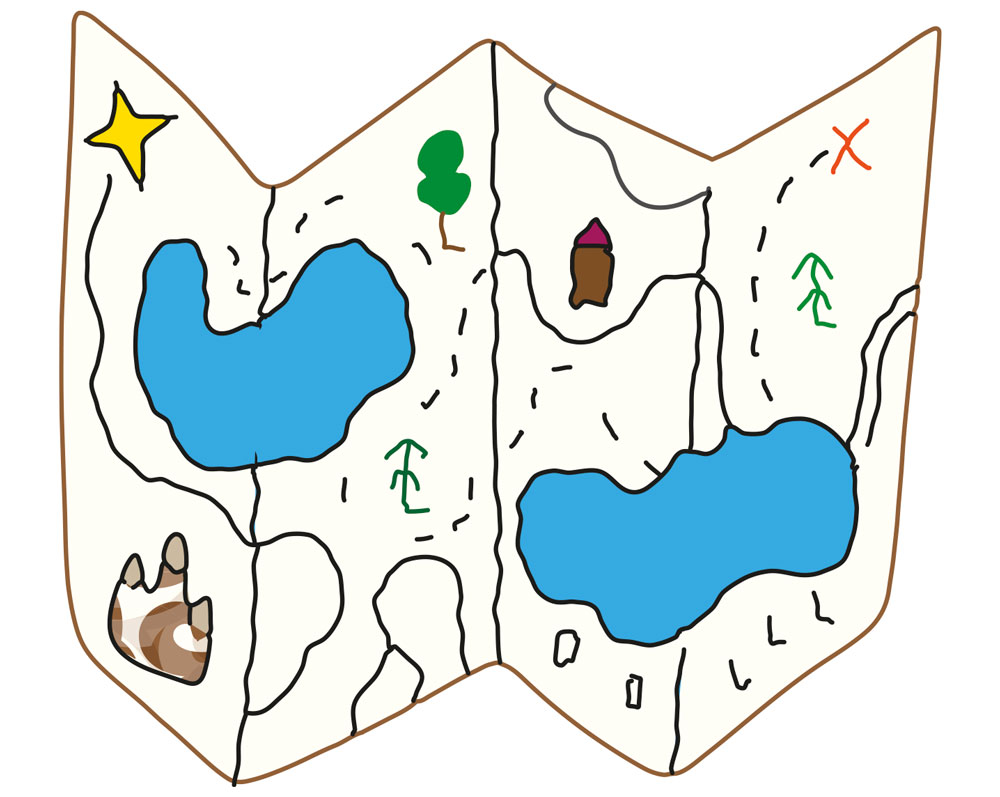
The first metaphor compares each Dien Chan reflex diagram to a rough map, similar to a coarse road map we used to draw before the arrival of GPS. These maps were not precise in terms of scale or distance, but they were useful for orientation.
We must approach the reflex diagrams in the same way, as approximate guides transposed onto each face and its specific characteristics.
It is essential to be able to project them mentally onto the person we are treating. This means that every time we draw on someone (or on their photoshopped portrait), it will only be accurate for that person and not for everyone.
That’s why we emphasise the exercise of mental projection in our training so that you can adapt to each client, as well as to yourself for self-care.
This approach may seem approximate to logical minds, but Dien Chan is not a surgical technique. Imprecision is actually necessary to discover painful points. If the sensitive point does not belong to the Dien Chan bqc·points map, it indicates that it is located in an area corresponding to a specific reflex diagram.
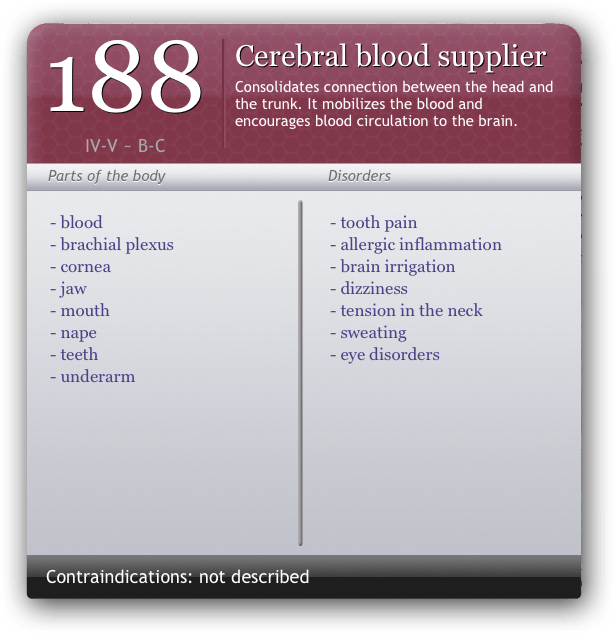
On the other hand, if we are convinced that it is a specific bqc·point, it is interesting to consult its complete sheet to establish cause-and-effect relationships. These “multireflexological bridges” encourage us to inquire about other possible dysfunctions.
Thus, the “facial reflex” stage of the care plan provides us with valuable clues to combine reflex diagrams. Once we have incorporated the “multireflexological dimension” of the method, Dien Chan truly invites us to become creators of custom care.
The bqc·points index cards are all available in the Dien Chan app called Faceasit.
The amphora metaphor

Before the advent of digital and virtual imaging, we used to contemplate solid restorations of archaeological pottery in museums.
Imagine a broken amphora discovered off the Mediterranean coast. Instead of showcasing the small fragments found in a display case, the amphora was reconstructed using plaster to complete the missing parts. This technique allowed us to appreciate the object in its original size and shape.
Some of the interpretations of Dien Chan reflex diagrams work in a similar way. The drawn parts of the diagram are based on clinical verifications, while the missing parts are assumed based on logic and anatomical coherence. This means that not all described areas are necessarily precise. Reflex diagrams guide us to find “open doors” receptive to yin work or yang stimulation.
To illustrate the concept, I choose the reflex diagram of the Blue Lady (also sometimes called Madame Yin) because it is sometimes a bit neglected by some students. This is a good opportunity to restore its brilliance!

• The Blue Lady’s feet extend the area of Mr. Yang’s feet on the chin.
• The Blue Lady’s thumbs rest on the wings of the nose (bqc·points 61·).
• The ring fingers point to the corners of the mouth.
• The pinky fingers are slightly lower towards bqc·points 85·.
• The Blue Lady’s mouth is located between the eyes, with her upper lip on the glabella.
• Her nose is on the first quarter of the forehead, which invites us to link it to the nape and Mr. Yang’s head.
• Her eyes are on the horizontal line that divides the forehead in two equal parts, vertically from the edge of the eyebrow arch (bqc·points 197·).
• Her head occupies the entire forehead.
Multireflexological synchrony
And since we have taken the example of the Blue Lady’s reflex diagram, let’s now examine some interesting multireflexological correspondences:
— The Blue Lady’s thumbs are on bqc·points 61·, which is known for its beneficial effects on the lungs. Moreover, it is fascinating to note that the Lung meridian also ends on our thumbs. The effects observed at bqc·point 61· are similar to those of 11L; an acupuncture point located at the angle of the thumb, regulating lung function.
— The Blue Lady’s ring finger rests on the corner of the mouth, precisely at bqc·points 29· and 222·. These points regulate not only the urinary system but also the Triple Heater meridian. In Dien Chan, we incorporate bqc·points 29· and 222· to refresh the body, just like in acupuncture with the 1TH and 2TH points of the Triple Heater meridian.
— The Blue Lady’s pinky finger is located in the reflex area of the small intestine according to the internal organ diagram. It is interesting to note that the Small Intestine meridian starts at the tip of the pinky finger.
— Bqc·points 197· are in the center of the Blue Lady’s eyes. These points are already used thanks to the “Penfield” reflex diagram to relieve knee pain. And we can define a multireflexological connection knowing that in acupuncture, the Stomach meridian passes through the knee and acts, among other things, on eye disorders.
Thus, we have the possibility not only of “verifying” the propositions of the diagram by confronting them with other recognised knowledge, but also of establishing coherence between the diagrams and the bqc·points.
Practicing Dien Chan is a unique way to make care enjoyable without headaches!
Instead of explaining these concepts in writing, why not illustrate them through this video? This would help you better understand these concepts and see them in action. This type of reasoning will allow you to develop custom formulas adapted to each situation.
We hope that if this video — or others — are useful (or interesting) to you, you will thank us by giving it a “like” and subscribing to the channel www.DienChan.tv.
It costs nothing and is nice!
Conclusion
Dien Chan is a complex, but not complicated approach that requires proper training to unlock its potential. It’s essential to learn from talented and competent teachers to develop logical and inventive reasoning, enabling you to become creators of personalised care.
Remember that Dien Chan offers long-lasting results while providing a pleasant and soothing experience for your clients. Practice with passion and dedication, and you will witness the benefits of this therapeutic approach materialize.
By exploring and deepening your knowledge of reflex diagrams, using bqc·points formulas, and the appropriate multireflex tools, you will be able to provide effective care and become a proficient Dien Chan practitioner. Offer unparalleled well-being experiences to your clientele by fully utilising the training support materials we provide.
— Subscribe to the experts of Dien Chan channel: www.DienChan.tv
— Check out the in-depth article blog: www.DienChan.academy
— We also offer educational booklets and thematic kits.
— The training schedule (cities and dates) is regularly updated ›
• In French: agenda.DienChan.org
• In Spanish: agenda.Facioterapia.org
• In English for NorthAmerica or Online: courses.Multireflexology.com
✔︎ Practice regularly with the appropriate multireflex tools and be amazed by the successes you will achieve. The complete catalog is available at www.DienShop.com
I wish all of you continued success in your journey of discovering and learning Dien Chan. Remember that this method is a true source of natural well-being and holistic balance. Feel free to refer to the available resources and videos to deepen your understanding and practice.
Good luck on your journey to better health and optimal well-being!
